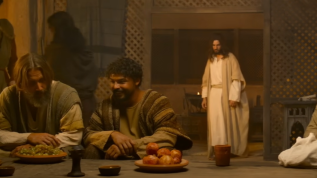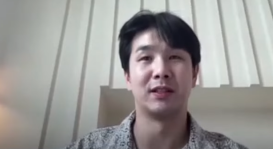
Boko Haram has freed 21 of more than 200 schoolgirls kidnapped by the Islamist militant group in April 2014 in the northern Nigerian town of Chibok, the government said on Thursday.
Around 270 girls were taken from their school in Chibok in the northeastern Borno state, where the Islamist militants have waged a seven-year insurgency to try to set up an Islamic state.
"The release of the girls ... is the outcome of negotiations between the administration and BokoHaram brokered by the International Red Cross and the Swiss government," a presidency statement said. "The negotiations will continue."
Nigeria will continue its military operations against Boko Haram, the country's information minister said. He also said Nigeria did not swap any Boko Haram prisoners for the release of the girls, who would be brought to the capital Abuja later on Thursday.
Here are 10 key facts about the Chibok schoolgirls and the Islamist militant group Boko Haram:
* Since 2009, Boko Haram has waged an insurgency to carveout an Islamic state in northeast Nigeria that has killed atleast 15,000 people and displaced more than two million.
* The most high-profile attack took place on April 14, 2014,when Boko Haram kidnapped 276 school girls, from a secondaryschool in Chibok in northeast Borno state. About 50 of the girlsescaped in the initial melee but 219 were captured.
* Nigeria's government and military, then under the commandof former president Goodluck Jonathan, faced heavy criticism fortheir handling of the incident, with towns and cities across thenation witnessing protests.
* The kidnappings prompted a strong social media reaction,with the phrase #bringbackourgirls tweeted around 3.3 milliontimes by mid-May 2014, and the campaign which followed backed by U.S. First Lady Michelle Obama.
* Hope for the girls was briefly raised in April 2015 whenthe Nigerian military announced it had rescued 200 girls and 93women from the Sambisa forest, northeast of Chibok. It was laterrevealed that the Chibok girls were not among them.
* One of the Chibok girls, Amina Ali, was rescued in May.Held for months by the Nigerian government, she told her motherthat the girls were starved and resorted to eating raw maize,and that some had died in captivity, suffered broken legs orgone deaf after being too close to explosions.
* Boko Haram in August published a video showing footage ofdozens of the Chibok girls, and a masked man saying some oftheir classmates had been killed in air strikes. In the video,unidentified bodies could be seen on the ground.
* About 2,000 girls and boys have been kidnapped by BokoHaram since the beginning of 2014, according to AmnestyInternational, which says they are used as cooks, sex slaves,fighters and even suicide bombers.
* Boko Haram used 44 children to carry out suicide attacksin West Africa last year, up from four in 2014, with some asyoung as eight, mostly girls, detonating bombs in schools andmarkets, according to the U.N. children's agency UNICEF.
*Boko Haram, which last year pledged allegiance to IslamicState, controlled a swathe of land in northeast Nigeria, aroundthe size of Belgium, at the start of 2015 but was pushed out byNigerian and regional troops, which are now in a final push todefeat the militants.







